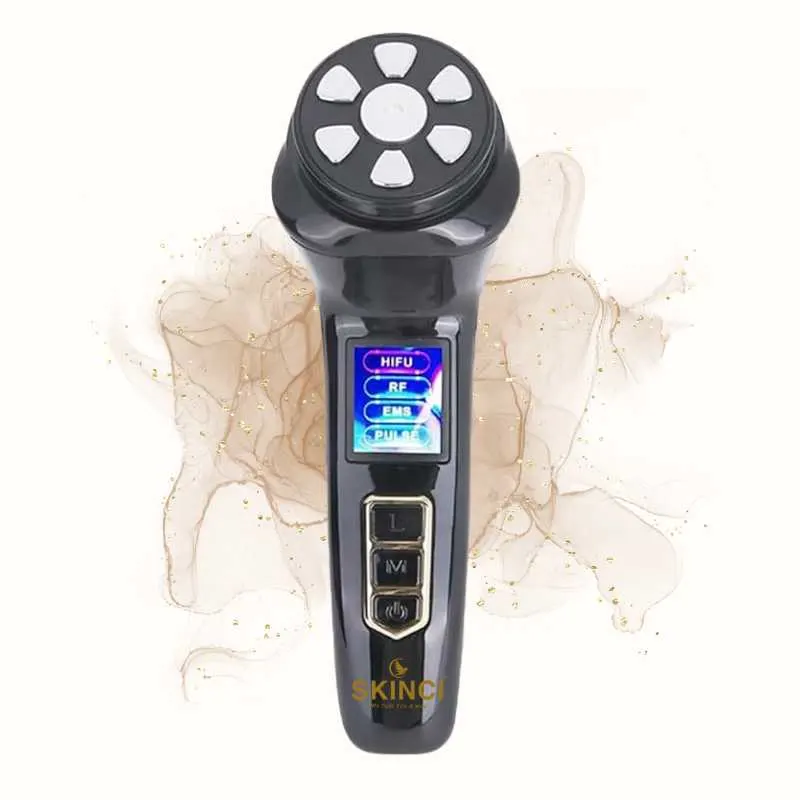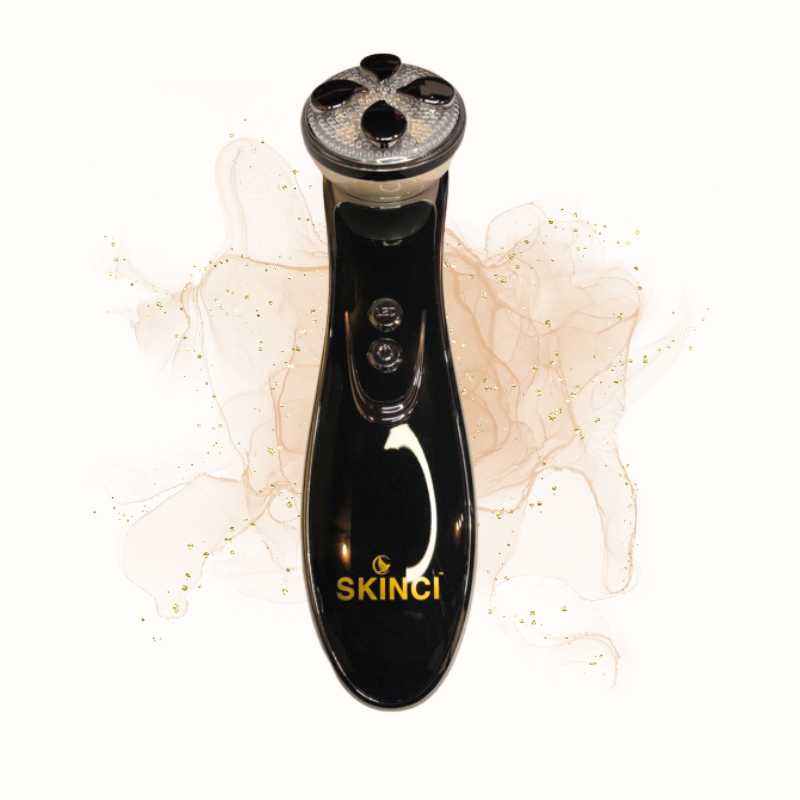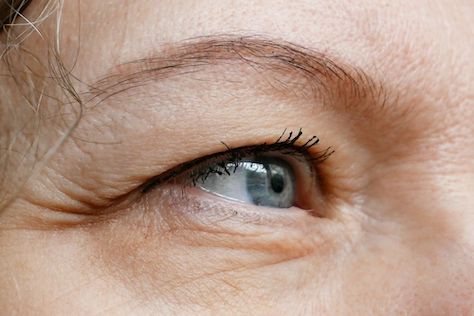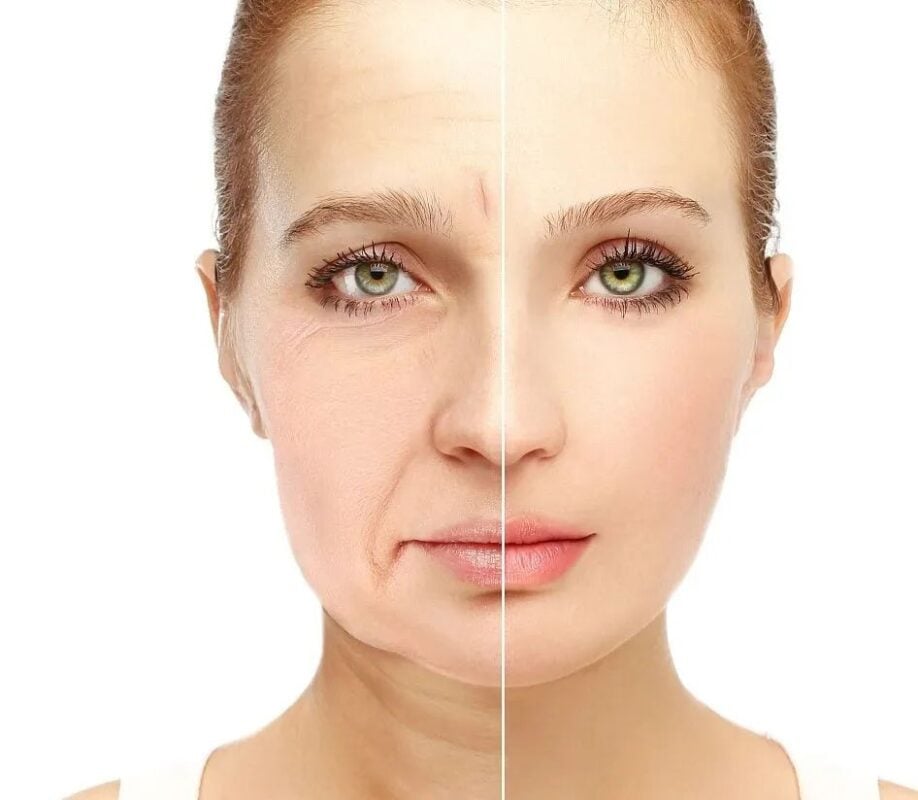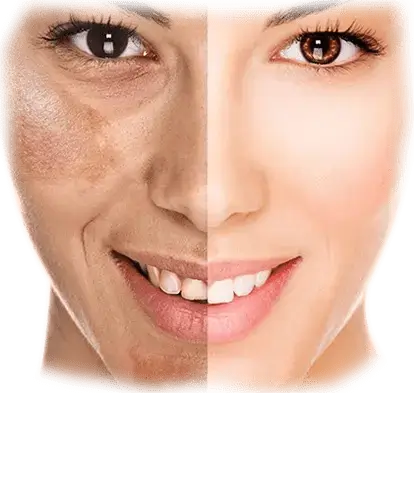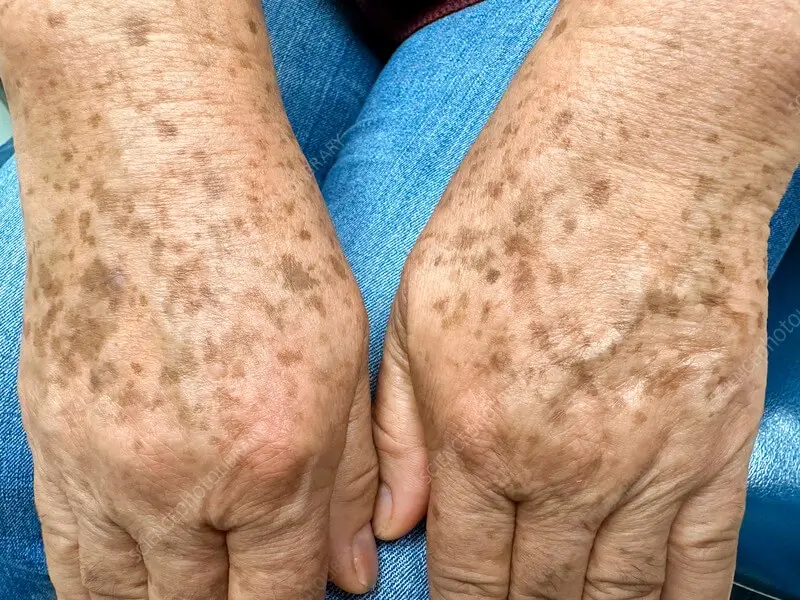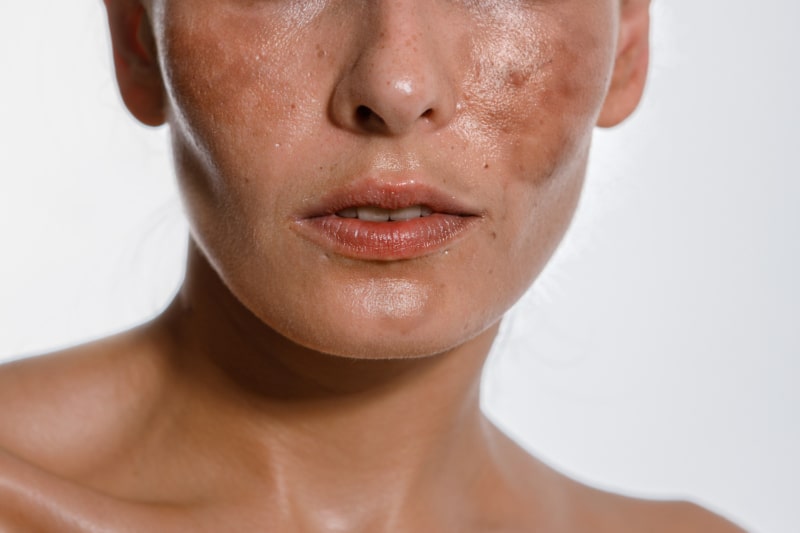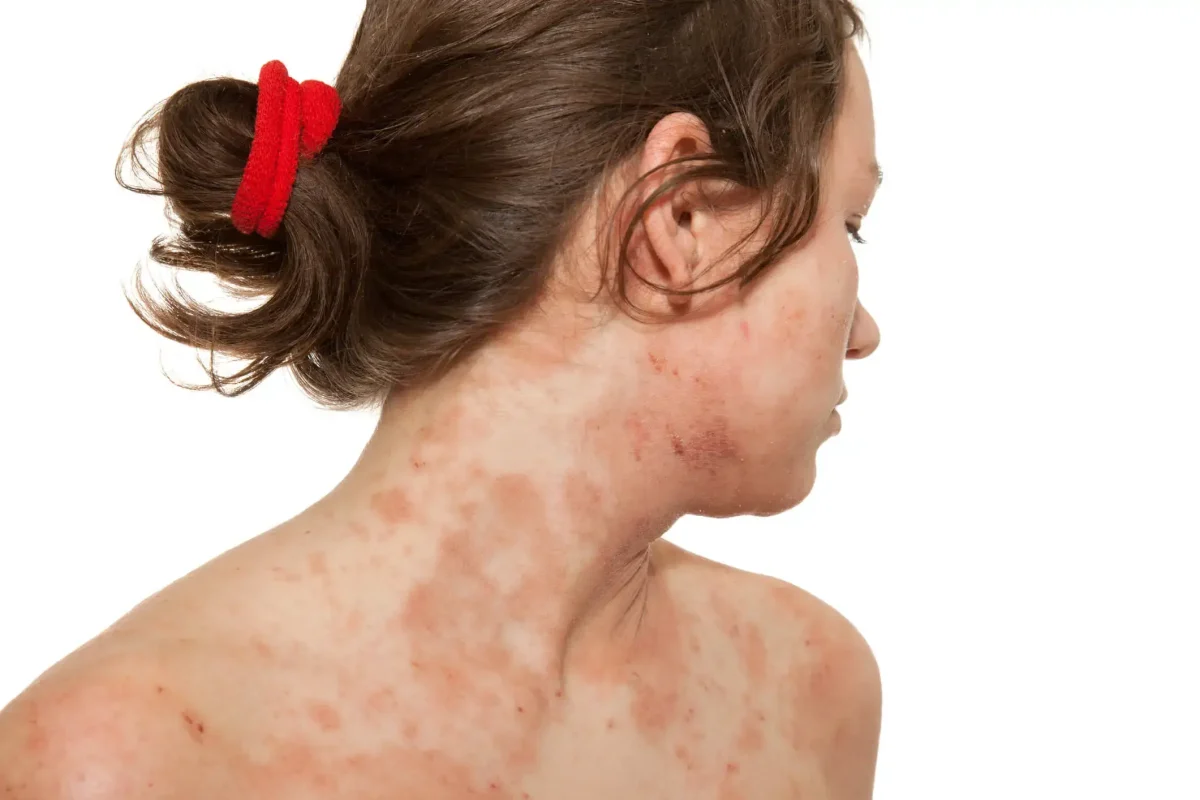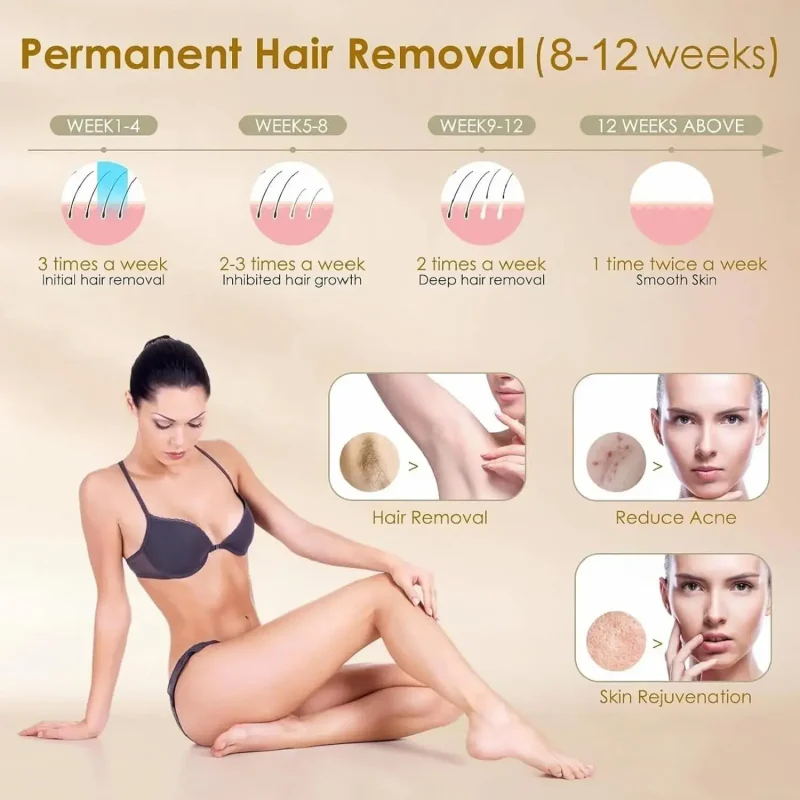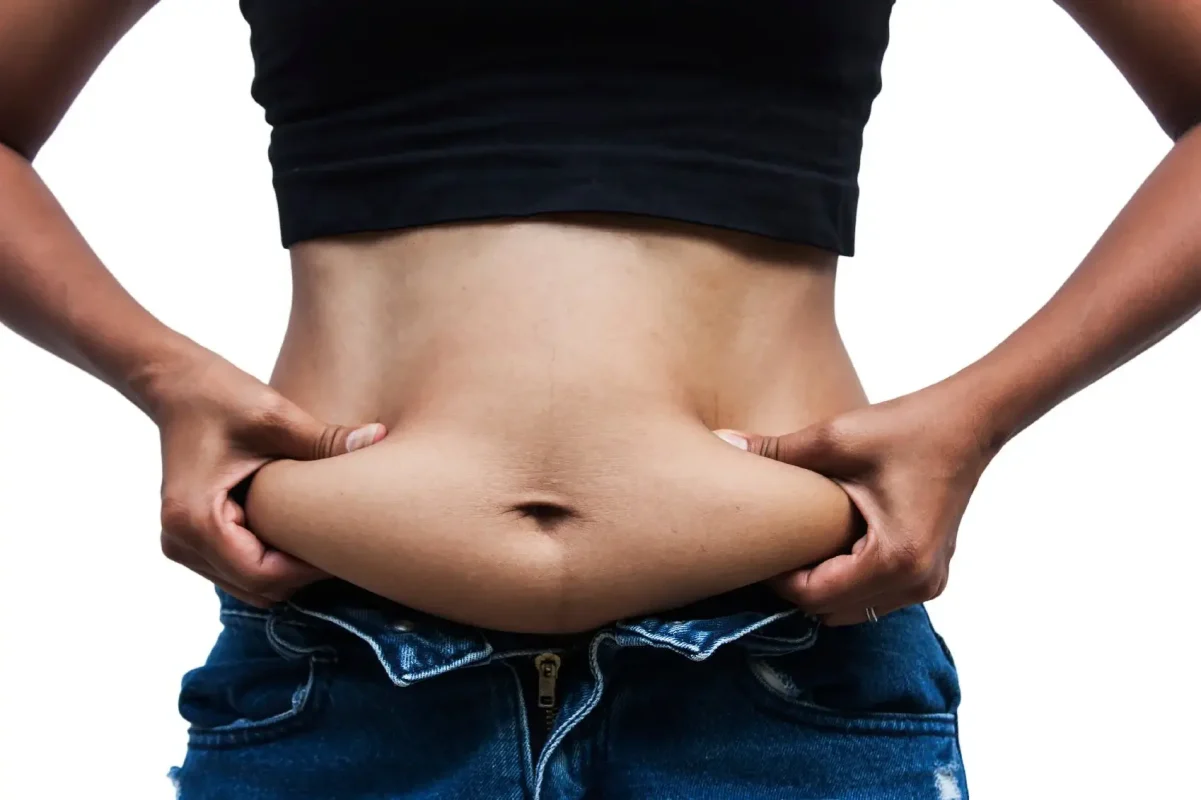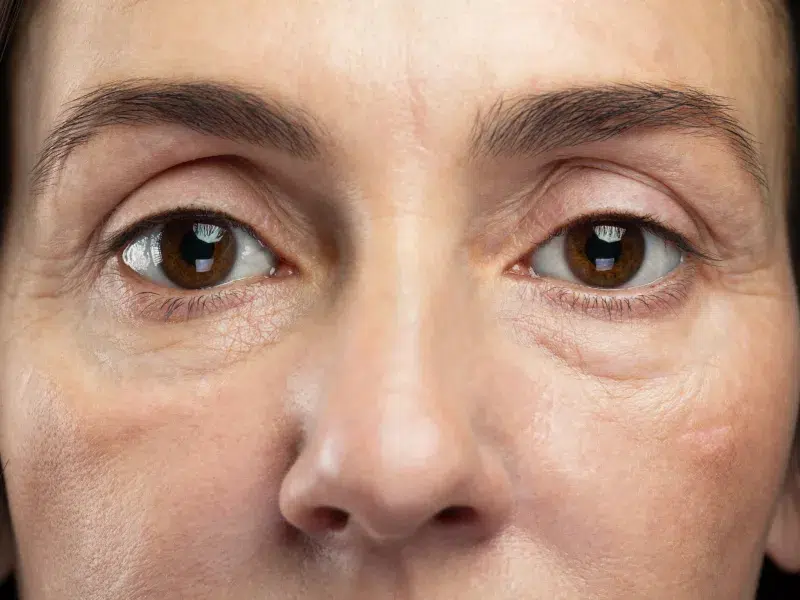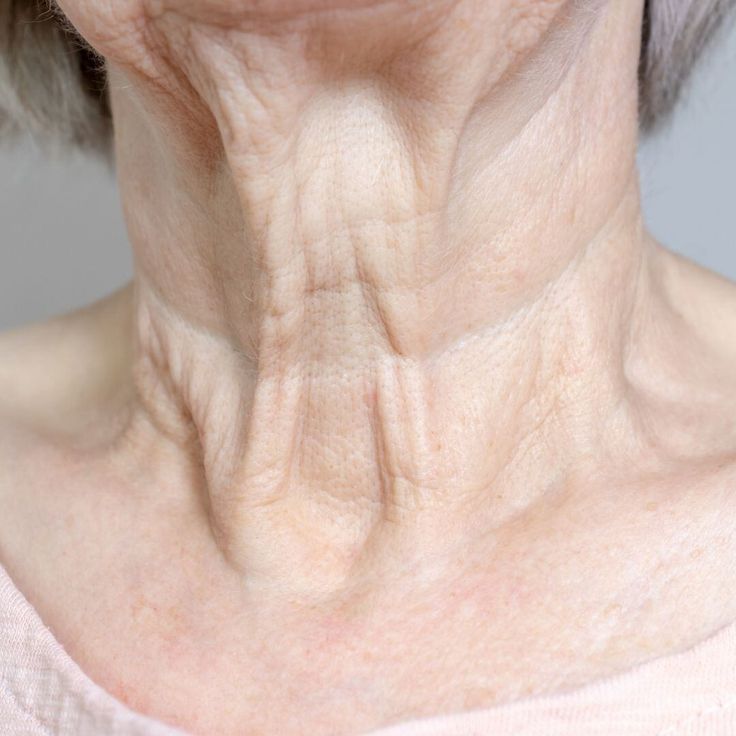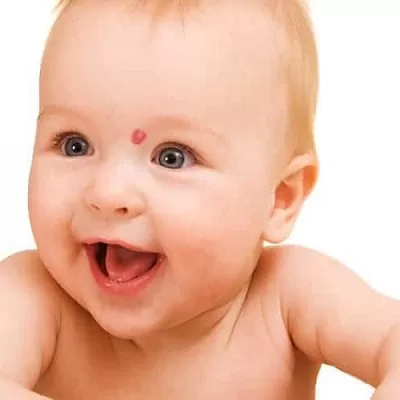Blog
Leg veins
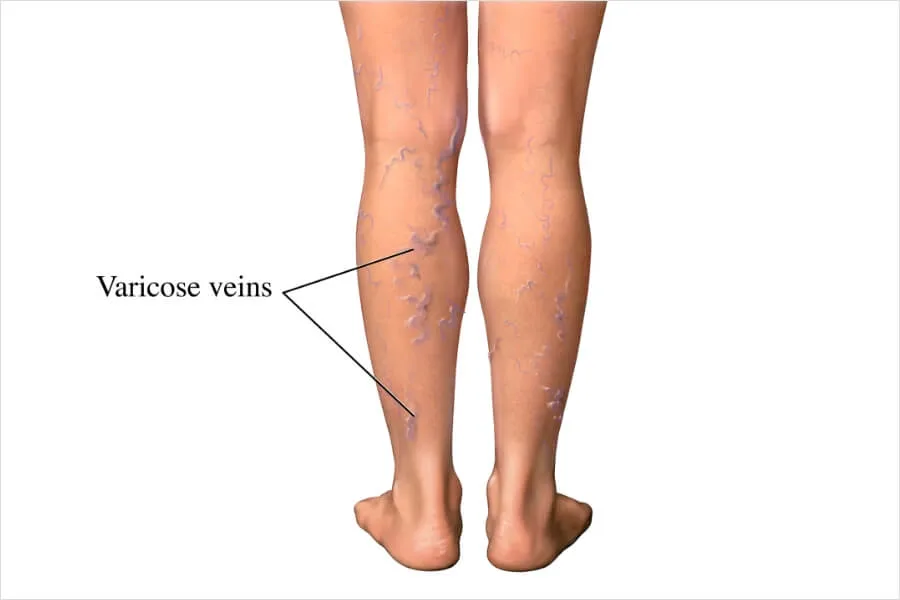
Overview
What are varicose veins?
Varicose veins are swollen, engorged blood vessels that bulge just under your skin’s surface. These blue or purple bulges usually appear in your legs, feet and ankles. They can be painful or itchy. Spider veins, which may surround varicose veins, are smaller red or purple lines that appear close to your skin’s surface.
You may not like the way varicose veins look or feel, but they aren’t dangerous for most people. In some cases, severe varicose veins can lead to serious health problems, like blood clots. You can relieve most varicose vein symptoms at home. If you have a more serious case, you may need treatment with injections, laser therapy or surgery from your healthcare provider.
Varicose veins are very common.
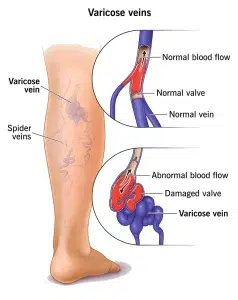
Symptoms and Causes
What are the symptoms of varicose veins?
The most recognizable sign of varicose veins is a gnarled, blue or purple vein just under your skin’s surface. Varicose vein symptoms include:
- Bulging veins: Twisted, swollen, rope-like veins are often blue or purple. They appear just below the surface of the skin on your legs, ankles and feet. They can develop in clusters. Tiny red or blue lines (spider veins) may appear nearby.
- Heavy legs: Muscles in your legs may feel tired, heavy or sluggish, especially after physical activity.
- Itching: The area around a varicose vein may itch.
- Pain: Legs may be painful, achy or sore, especially behind your knees. You might have muscle cramps.
- Swelling: Your legs, ankles and feet can swell and throb.
- Skin discolorations and ulcers: Without treatment, varicose veins can cause discolorations on your skin. Severe varicose veins can cause venous ulcers (sores) on your skin.
Where do varicose veins usually appear?
Most often, varicose veins develop on the lower half of your body, usually on your calves, ankles and feet. They can also develop in the pelvic area (pelvic congestion syndrome), especially in people who’ve had children. Hemorrhoids, which form in your rectum, are also varicose veins.
What causes varicose veins?
Varicose veins occur when the walls of your veins weaken. As blood pressure in your vein increases, the weakened walls allow your vein to get bigger. As your vein stretches, the valves that keep blood moving in one direction in your vein can’t work as they should. The sluggish blood backs up or pools in your vein, causing your vein to swell, bulge and twist.
Vein walls and valves can become weak for several reasons, including:
- Normal aging.
- Standing for prolonged periods of time.
- Hormones.
- Excess weight.
What are the risk factors for varicose veins?
Anyone can develop varicose veins. Certain factors increase your chances of developing a varicose vein, including:
- Age: Because of the aging process, vein walls and valves don’t work as well as they once did. Veins lose elasticity and stiffen.
- Hormones: Female hormones can allow the walls of the veins to stretch. Women who are pregnant, taking the birth control pill or going through menopause have a higher risk of varicose veins because of changes in hormone levels.
- Family history: You can inherit this condition if it runs in your family.
- Lifestyle: Standing or sitting for long periods decreases circulation.
- Overall health: Certain health conditions can increase pressure in your veins.
- Tobacco use: People who use tobacco products are more likely to develop varicose veins.
- Weight: Excess weight puts pressure on blood vessels.
What are the serious complications of varicose veins?
Most people don’t have complications from varicose veins. But in some people, an untreated varicose vein can cause ulcers (open sores), bleeding, inflammation or skin discoloration. Severe varicose veins may be a sign of chronic venous insufficiency (CVI). This condition affects your veins’ ability to pump blood to your heart.
If you have varicose veins, you may be more likely to develop blood clots. It’s important to tell your healthcare provider about varicose veins so they can evaluate and monitor you for clotting disorders. These include:
- Superficial thrombophlebitis: Blood clots can form inside varicose veins, causing superficial venous thrombosis or superficial thrombophlebitis. Thrombophlebitis is painful but isn’t usually dangerous. It’s also treatable.
- Deep vein thrombosis (DVT): If you have varicose veins, you have a higher risk of deep vein thrombosis, a blood clot in a vein deep inside your body.
- Pulmonary embolism: A blood clot in your body (usually from DVT) can get into your lung. Pulmonary embolism is a life-threatening condition that requires immediate treatment.
Diagnosis and Tests
How are varicose veins diagnosed?
Varicose veins are close to the surface of your skin and easy to see. Healthcare providers can diagnose the condition during a physical examination. They’ll feel your veins and examine them while you’re sitting and standing. They may also ask you questions about your medical history and your symptoms.
What tests will be done to diagnose varicose veins?
Providers usually don’t need additional diagnostic tests to diagnose varicose veins. To see detailed images of your veins and check for complications, your provider may recommend an ultrasound. This safe, painless test uses sound waves to produce pictures of tissues inside your body. Ultrasounds can show blood clots and how your valves are working.
Management and Treatment
How do you treat varicose veins?
Although there isn’t a cure for varicose veins, treatments can help you look and feel better. And you’ll most likely go home the same day as your procedure. Varicose vein treatments include:
- Elevation: To increase blood flow and decrease pressure in your veins, you should elevate your legs above your waist several times throughout the day.
- Elastic stockings: Supportive stockings or socks compress your veins and reduce discomfort. The compression stops your veins from stretching and helps blood flow.
- Injection therapy (sclerotherapy): During sclerotherapy, a healthcare provider injects a solution into your vein. The solution causes the vein walls to stick together. Eventually, your vein turns into scar tissue and fades away.
- Laser therapy: In a minimally invasive procedure called endovenous thermal ablation, healthcare providers use a catheter (a long, thin tube) and laser to close off a damaged vein.
- Ambulatory phlebectomy: A provider makes multiple cuts or punctures in your skin next to the varicose vein. Then, they tie off and remove one section of vein at a time.
- Vein surgery: During these procedures, also called ligation and stripping, the surgeon ties off your affected vein (ligation) to stop blood from pooling. The surgeon may remove (strip) the vein to prevent varicose veins from reappearing.
Complications/side effects of the treatment
Potential side effects of these treatments include:
- Pain.
- Bleeding.
- Scarring.
- Skin burns (rare).
- Numbness (rare).
- Infection.
- Injury to a nerve (rare).
- Deep vein thrombosis, a blood clot in a vein deep inside your body (rare).
- Redness or bruising for a few days where a needle went into your skin.
- Changes in color (for several months) on the skin where the needle touched.
- Lumps or hardness for a few months.
- Stroke (rare).
Do varicose veins return after treatment?
Although treatments are effective, varicose veins can return. They’re more likely to come back in people who become pregnant after treatment. You have a higher chance of varicose veins reappearing if you have obesity (a BMI, or body mass index, over 30) or a sedentary lifestyle.
Outlook / Prognosis
What can I expect if I have varicose veins?
Usually, varicose veins aren’t dangerous and don’t cause long-term health problems. Most people with the condition are concerned with the way varicose veins look. They may experience discomfort but don’t develop complications.
Will varicose veins go away?
Most of the time, varicose veins that happen while you’re pregnant go away on their own within two or three weeks after you have your baby. For other people, varicose veins may keep coming back after treatment.
Prevention
Can varicose veins be prevented?
You may not be able to prevent varicose veins. But you can reduce your chances of developing them by living an active, healthy lifestyle. Healthcare providers recommend many of the same measures to prevent and treat varicose veins:
- Avoid long periods of standing: To encourage blood flow, take regular breaks to stretch and walk around, especially if you have a job that requires you to be on your feet.
- Elevate your legs: Raising your feet above your waist helps blood flow to your heart.
- Maintain a healthy weight: Getting rid of excess pounds reduces pressure inside your blood vessels.
- Quit tobacco use: Smoking damages blood vessels, decreases blood flow and causes a wide range of health problems.
- Stay active: To improve circulation, move frequently and avoid sitting still for prolonged periods.
- Try compression stockings: Support socks and pantyhose compress your veins and help blood circulate. This can prevent varicose veins from getting worse.
- Wear clothes that fit properly: To encourage blood flow, make sure your waistband isn’t too tight.
Living With
How do I take care of myself?
You can take care of yourself in several ways, like:
- Avoiding long periods of sitting or standing.
- Getting regular physical activity.
- Putting your feet up.
- Staying at a weight that’s healthy for you.
- Avoiding tobacco products.
We will provide you with the best products to treat this condition faster and safer than previous treatments.
Products that treat this condition
Here you will find the solution to your problem

